Did you know that the turai vegetable, a popular ingredient in Indian cuisines, goes by different names across the world? When it comes to English, this versatile vegetable is commonly known as ridge gourd. However, its name varies from region to region, with different names like luffa vegetable, angled gourd, Chinese okra, sponge gourd, and smooth loofah. But no matter what you call it, turai or ridge gourd, this vegetable offers a multitude of health benefits and culinary possibilities that are worth exploring.
Key Takeaways:
- 1. The turai vegetable, also known as ridge gourd, has various names in different languages and regions.
- 2. Ridge gourd is a versatile vegetable used in a variety of dishes across different cuisines.
- 3. It is rich in nutrients like Vitamin C, riboflavin, and zinc, making it beneficial for overall health.
- 4. Ridge gourd has numerous medicinal properties and is known for its cooling and skin-enhancing properties.
- 5. When choosing ridge gourd, look for fresh and firm pods, and store them properly for optimal freshness.
Nutritional Benefits of Ridge Gourd
Ridge gourd, or turai, is a versatile vegetable that offers a plethora of nutritional benefits. Whether you’re looking to manage your weight, improve digestion, or enhance your overall well-being, ridge gourd is an excellent addition to your diet.
One of the standout features of ridge gourd is its low calorie content, making it a preferred choice for weight management. Additionally, this vegetable is rich in dietary fiber, promoting healthy digestion and reducing the risk of constipation.
But the benefits don’t stop there. Ridge gourd also possesses anti-inflammatory properties, which can be particularly beneficial for individuals with conditions such as arthritis or inflammatory bowel disease.
For those with diabetes, ridge gourd can be a valuable inclusion in their meal plan. It has the potential to help control blood sugar levels and maintain insulin sensitivity.
When it comes to vitamins and minerals, ridge gourd delivers. It is a good source of Vitamin C, which supports immune function and collagen production. Additionally, ridge gourd contains antioxidants that help combat oxidative stress and protect against cellular damage.
Traditional medicine also acknowledges the medicinal benefits of ridge gourd. It has been used for centuries in the treatment of jaundice and for managing skin conditions like eczema and psoriasis due to its healing properties.
Moreover, ridge gourd is rich in beta-carotene, a precursor to Vitamin A. This nutrient promotes eye health, contributing to improved vision and reducing the risk of age-related macular degeneration.
Overall, ridge gourd is a nutritional powerhouse, delivering a wide range of benefits to support your health and well-being.
| Nutrient | Amount per 100g |
|---|---|
| Calories | 20 |
| Fiber | 0.6g |
| Vitamin C | 15mg |
| Beta-carotene | 380mcg |
Source: Nutritional data derived from USDA National Nutrient Database.
Ridge Gourd in Cooking and Recipes
Ridge gourd is a versatile vegetable that can be used in a variety of dishes. It is commonly used in Indian cuisine, where it is prepared in different ways depending on the region.
For example, the Andhra-style Beerkaya Pachadi is a popular chutney made from ridge gourd that can be mixed with rice or eaten with dosa or rotis. In Tamil Nadu, ridge gourd is used in dishes like Peerkangai Kootu, which combines it with moong dal. In North India, Turai ki Sabzi is a common summer vegetable dish cooked with a mix of spices.
Ridge gourd can also be used in non-vegetarian dishes, such as the Assamese fish curry Masor Tenga or the Bengali prawn dish Jhinge Chingri Posto.
The vegetable’s mild flavor and crunchy texture make it a versatile ingredient in various cuisines.
Recipes with Ridge Gourd:
- Andhra-style Beerkaya Pachadi – This ridge gourd chutney is a tangy and flavorful accompaniment that can be paired with rice or enjoyed with dosa or rotis. It is made by sautéing ridge gourd with spices like mustard seeds, red chilies, and tamarind, then blending it into a smooth paste.
- Turai ki Sabzi – This North Indian dish is a simple and delicious curry made with ridge gourd, onions, tomatoes, and a blend of aromatic spices like cumin, coriander, and turmeric. It is a refreshing and light dish perfect for hot summer days.
- Peerkangai Kootu – A traditional Tamil Nadu recipe, this dish combines ridge gourd with moong dal, coconut, and spices. It is a nutritious and hearty curry that can be enjoyed with rice or rotis.
These are just a few examples of the many ridge gourd recipes that showcase the versatility of this vegetable.
Ridge Gourd Cultivation and Varieties
Ridge gourd, belonging to the family Cucurbitaceae and the genus Luffa, is an important commercial crop in Asia, with widespread cultivation in India, China, and Vietnam. This versatile vegetable requires support for vine growth and can be cultivated throughout the year with appropriate irrigation.
Asia boasts several improved ridge gourd varieties, each suited to different regions. In India, common cultivars include Pusa Nasdar, Desi Chaitali, Co-1, Co-2, PKM 1, Phule Sucheta, and Kankan Harita. These varieties exhibit diverse characteristics and are carefully selected for their adaptability and yield potential.
Ridge gourd can be grown in various settings, such as pots, containers, backyards, polyhouses, and greenhouses. Its low investment requirements and high yielding capacity make it a commercially successful crop for farmers.
| Varieties | Characteristics |
|---|---|
| Pusa Nasdar | Early maturing, high yield |
| Desi Chaitali | Good adaptability, resistance to diseases |
| Co-1 | Tolerant to water stress, suitable for hot climates |
| Co-2 | Improved fruit quality, resistance to diseases |
| PKM 1 | Early maturity, high yield, good shelf-life |
| Phule Sucheta | Adaptation to diverse agro-climatic conditions |
| Kankan Harita | Tolerant to waterlogging, suitable for rainy regions |
Ridge gourd cultivation offers a profitable opportunity for farmers, providing a popular and versatile vegetable for the market. With the availability of different varieties to suit various climates and optimal cultivation practices, growers can maximize their yields and contribute to this thriving industry.
Health Benefits of Ridge Gourd
Ridge gourd, also known as turai, offers a wide range of health benefits that make it a valuable addition to a nutritious diet. Here are some of the key health benefits of ridge gourd:
- Anti-inflammatory properties: Ridge gourd contains compounds that have anti-inflammatory properties, helping to reduce inflammation in the body.
- Weight management and digestion: With its low-calorie content and high fiber, ridge gourd is beneficial for weight management and aids in digestion.
- Diabetes control: Ridge gourd has properties that can help control diabetes, making it a great addition to a diabetic-friendly diet.
- Body heat reduction: Consuming ridge gourd can help reduce body heat, providing a cooling effect that is particularly beneficial in hot climates.
- Skin infection reduction: Ridge gourd is known for its ability to help reduce skin infections. It is often used in skincare treatments for conditions like eczema and psoriasis.
- Liver health support: The medicinal properties of ridge gourd can support healing jaundice and promote overall liver health.
- Eye health: Ridge gourd is rich in beta-carotene, which is beneficial for maintaining healthy eyes and promoting good vision.
Overall, adding ridge gourd to your diet can contribute to improved well-being and provide a range of health benefits.
Choosing and Storing Ridge Gourd
When it comes to enjoying the freshness and optimal flavor of ridge gourd, it’s important to know how to choose and store this versatile vegetable. Follow these simple tips to ensure you’re selecting the best ridge gourd for your culinary delights.
Choosing Ridge Gourd
When selecting ridge gourd, look for fresh and tender ones with green and firm pods. The surface of the vegetable should have ridges or lines, indicating its freshness. However, be cautious of ridge gourds that are too bumpy or have well-defined ridges, as this may indicate maturity and affect the vegetable’s taste and texture.
| Criteria | Indicators |
|---|---|
| Freshness | Green and firm pods |
| Texture | Ridges or lines on the surface |
| Maturity | Not too bumpy or well-defined ridges |
Storing Ridge Gourd
After purchasing ridge gourd, it’s crucial to store it properly to maintain its freshness and flavor. To store ridge gourd, place it in the vegetable section of your refrigerator. Remember to use it within 2-3 days for the best taste and quality.
Peeling and Preparation
When preparing ridge gourd for cooking, it is recommended to use a peeler to remove all the rough ridges completely. Once peeled, cut the ridge gourd into small pieces, suitable for your preferred cooking method and recipe.
Ridge Gourd Curry Recipe
Looking for a simple and delicious way to enjoy ridge gourd? Try this flavorful Ridge Gourd Curry, also known as Turai ki subzi. This recipe can be prepared in a pressure cooker or an Instant Pot, making it quick and convenient. So let’s get cooking!
Ingredients:
- 2 cups ridge gourd, chopped
- 1 tablespoon oil
- 1 teaspoon cumin seeds
- 1 green chili, chopped
- 1 teaspoon ginger paste
- 1 teaspoon garlic paste
- 1 onion, finely chopped
- 2 tomatoes, finely chopped
- 1/2 teaspoon turmeric powder
- 1 teaspoon coriander powder
- 1/2 teaspoon red chili powder
- 1/2 teaspoon garam masala
- Salt to taste
- Juice of 1 lime
- Fresh cilantro for garnish
Instructions:
- Heat oil in a pressure cooker or Instant Pot.
- Add cumin seeds and let them splutter.
- Add the green chili, ginger paste, and garlic paste. Sauté for a minute.
- Add the chopped onions and sauté until golden brown.
- Add the chopped tomatoes and cook until they turn mushy.
- Stir in the turmeric powder, coriander powder, red chili powder, and garam masala. Mix well.
- Add the chopped ridge gourd and salt. Mix everything together.
- Add a small amount of water, cover the pressure cooker, and cook for about 2-3 whistles or until the ridge gourd is tender.
- Once cooked, release the pressure and open the cooker.
- Finish the curry with lime juice, garnish with fresh cilantro, and serve hot.
This Ridge Gourd Curry is a delightful combination of flavors and textures. The tender ridge gourd pairs well with the aromatic spices, creating a satisfying and wholesome dish. Enjoy it with rotis or rice for a complete meal.
Give this ridge gourd curry recipe a try and discover the deliciousness of turai ki subzi. It’s a fantastic way to incorporate the nutritious ridge gourd into your diet while enjoying the flavors of Indian cuisine.
Other Uses of Ridge Gourd
In addition to its culinary uses, ridge gourd offers a range of applications beyond the kitchen. Let’s explore some of the other remarkable uses of this versatile vegetable.
1. Ridge Gourd as a Natural Scrub
Did you know that ridge gourd can be used as a natural scrub for the skin? The mature and dried version of the ridge gourd plant is commonly used to make loofahs or kitchen sponges, valued for their exfoliating properties. When used as a scrub, ridge gourd helps remove dead skin cells, revealing smoother and healthier-looking skin. The fibrous texture of ridge gourd has been utilized in traditional cultures for centuries due to its natural skin-enhancing qualities.
2. Ridge Gourd in Traditional Medicine
Ridge gourd has long been used in traditional medicine and Ayurveda for its cooling and healing properties. It is believed to have various medicinal benefits, such as reducing inflammation and promoting overall well-being. The vegetable is often recommended for treating certain conditions and ailments due to its natural therapeutic properties.
“Ridge gourd’s cooling properties can help alleviate certain skin conditions and promote overall healing.”
Whether consumed as a vegetable or utilized for its skin-enhancing properties, ridge gourd proves to be a remarkable natural resource with incredible versatility.
Conclusion
Ridge gourd, also known as turai, is an incredibly versatile and nutritious vegetable that offers a plethora of health benefits. Rich in vitamins, minerals, and antioxidants, ridge gourd is a valuable addition to any balanced diet. With its mild flavor and crunchy texture, ridge gourd can be used in a variety of culinary dishes, ranging from chutneys to curries.
One of the standout benefits of ridge gourd is its high fiber content, which aids in digestion and can assist with weight management. Additionally, ridge gourd possesses anti-inflammatory properties, making it potentially beneficial for individuals dealing with inflammation-related health issues.
Furthermore, ridge gourd is not only beneficial when consumed but also when used topically. Its skin-enhancing properties have made it a popular natural scrub, helping to remove dead skin cells and promote smoother, healthier skin.
Whether you choose to incorporate ridge gourd into your diet or utilize it for skincare purposes, this versatile vegetable provides a wide range of advantages. By incorporating ridge gourd into your meals, you can contribute to your overall wellness and enjoy the many benefits this incredible vegetable has to offer.



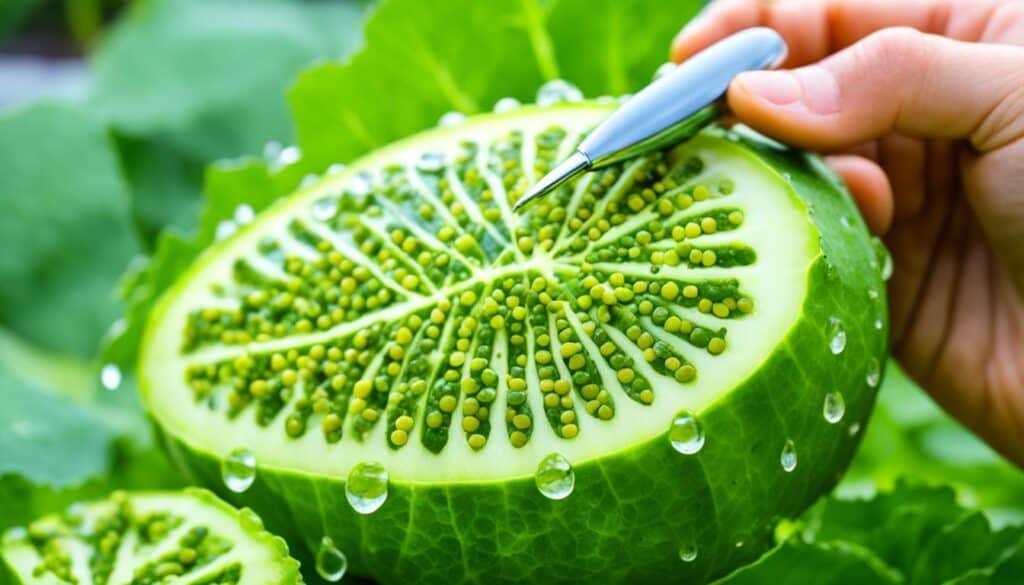
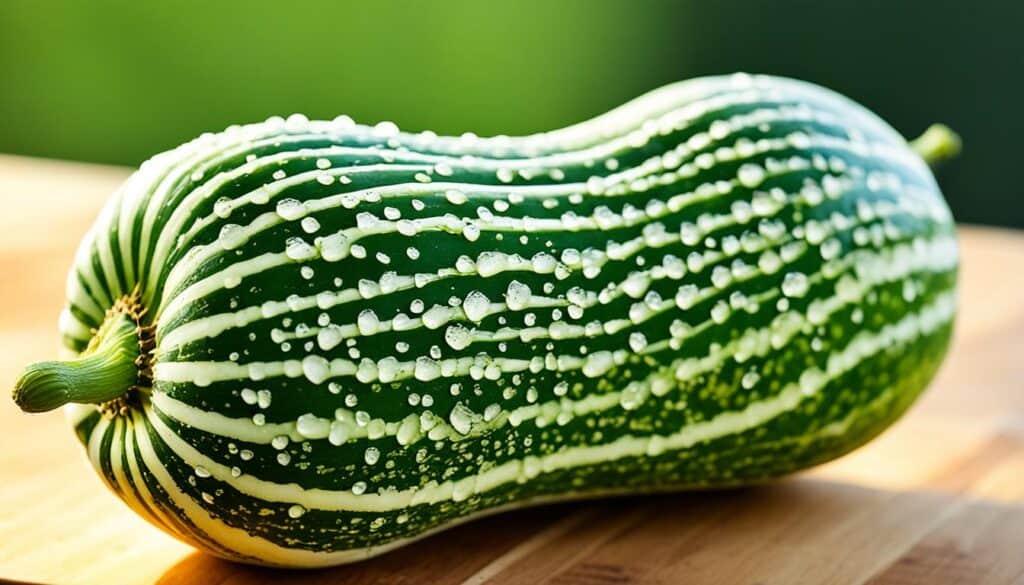
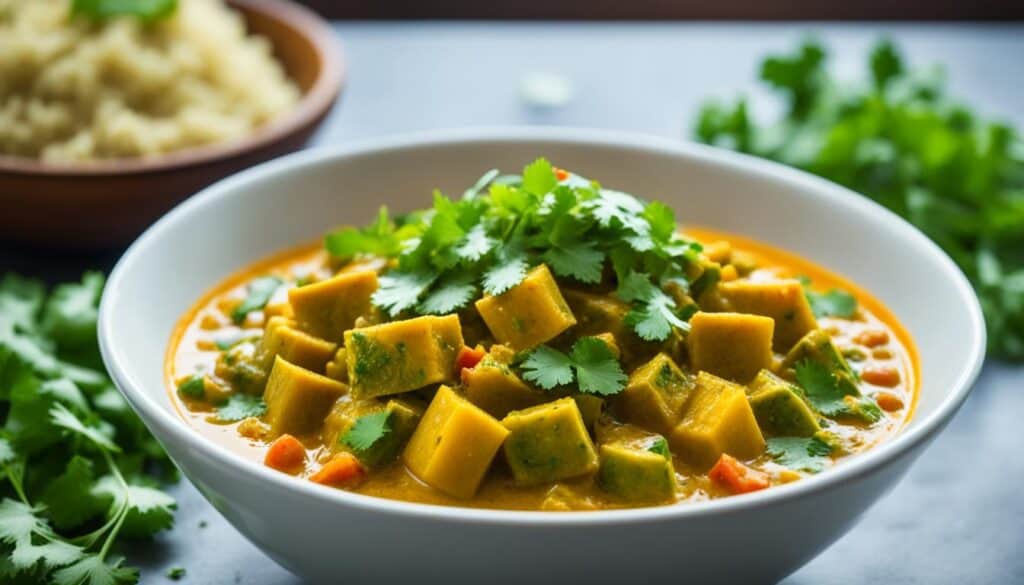
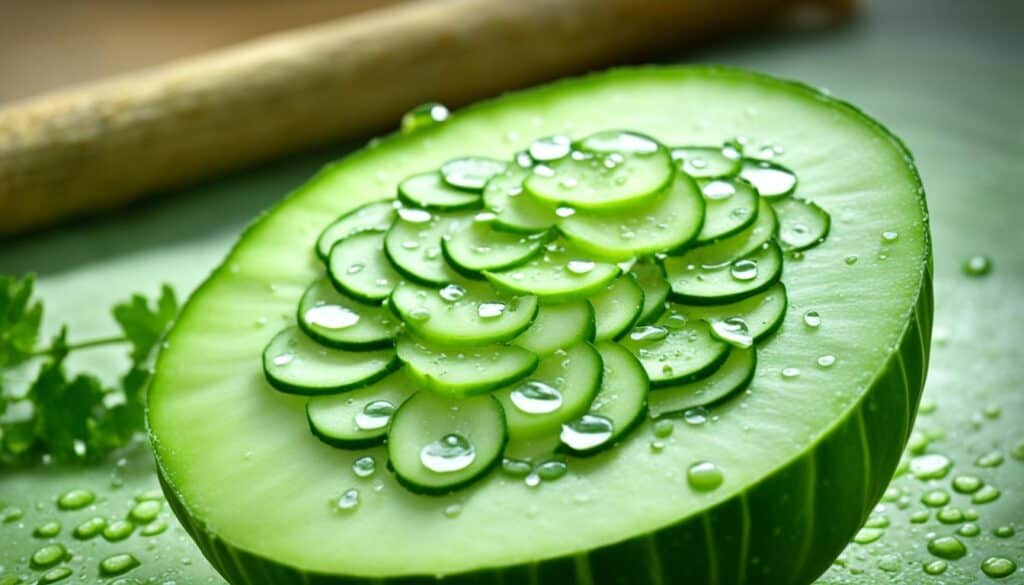

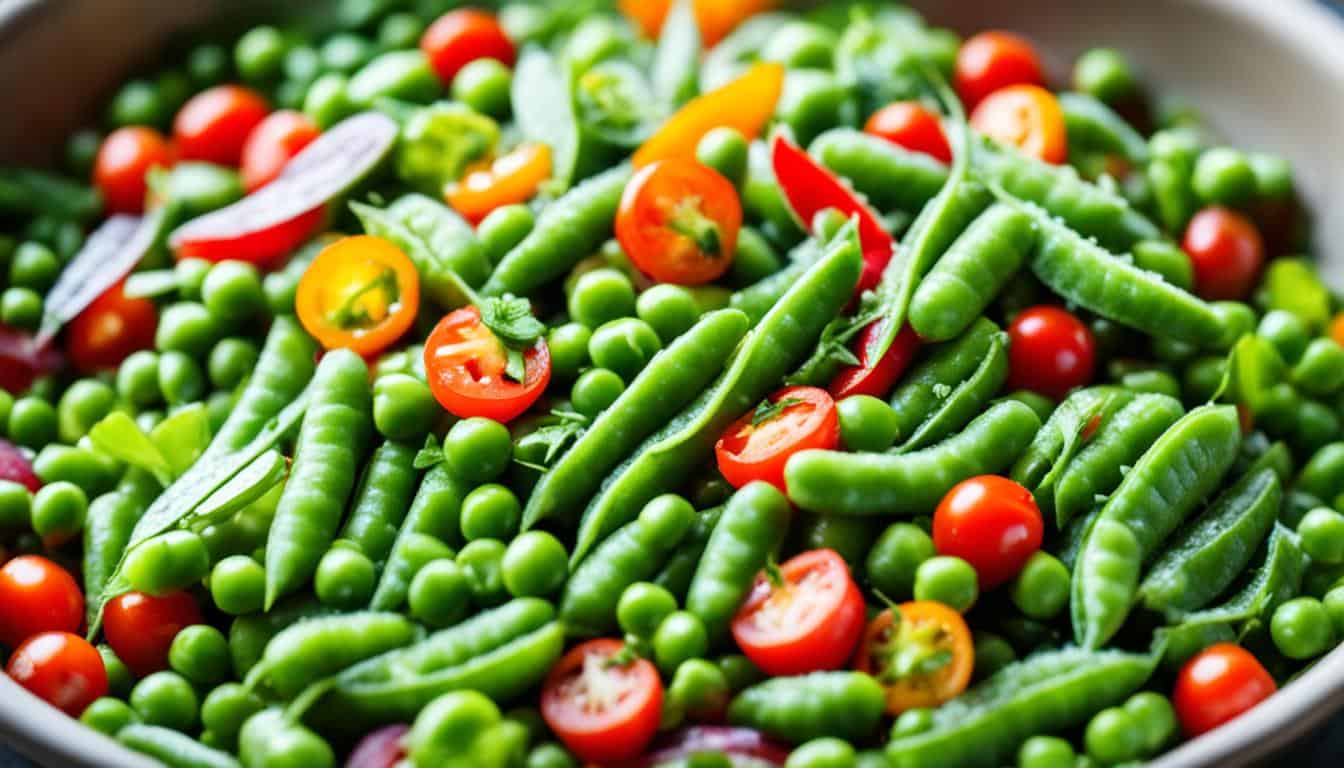
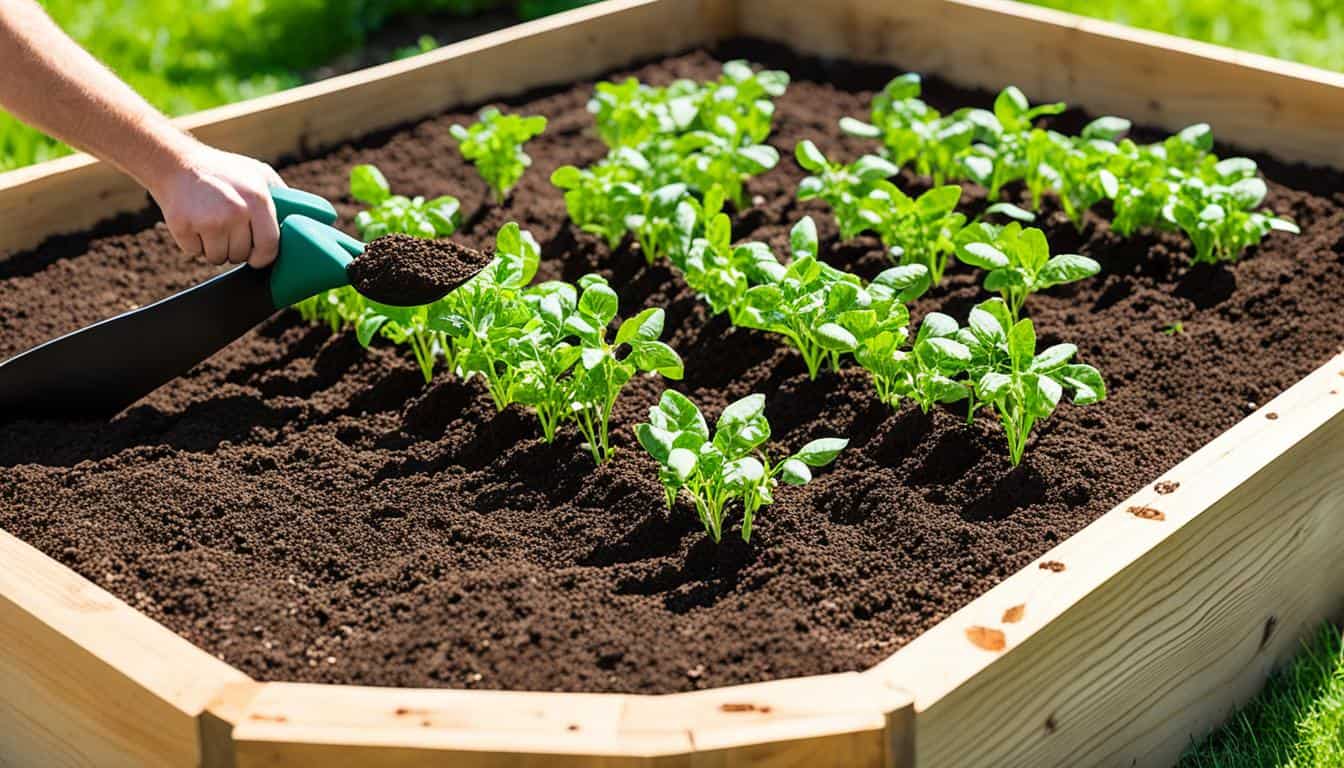
Leave a Reply